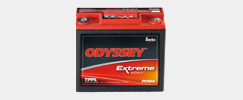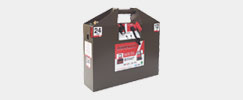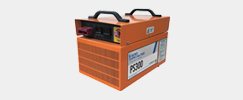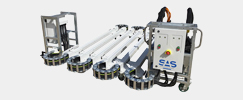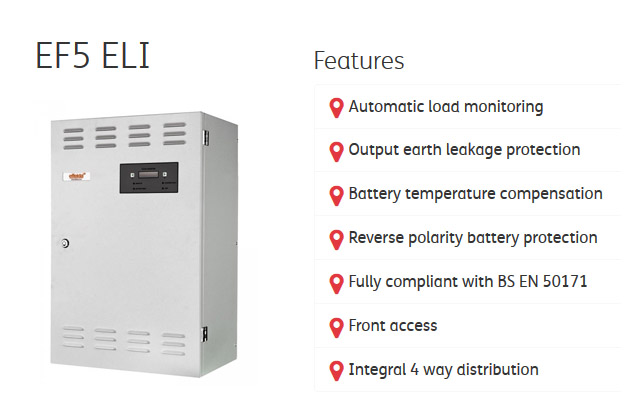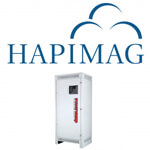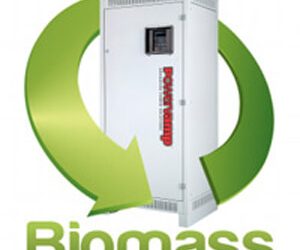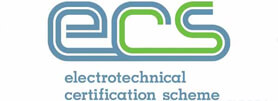
Powervamp has developed its ‘Effekta’ range of emergency lighting central battery systems to specifically supply lighting loads. These loads vary from a few small lights in inaccessible ceiling areas to huge distribution centres using discharge lighting.
UPS (uninterrupted power supply) systems were originally designed for supplying telecoms and data centres with an alternative power source in the event of a mains failure. The usual battery autonomy for these type of systems is between 30 – 60 minutes. UPS was never originally designed to supply emergency lighting loads.

“UPS systems used to provide emergency lighting back up power have been found to fail at the first hurdle during the course of many tasks”
There has been a tendency lately for UPS systems to be used as an alternative to provide emergency lighting back up power but have been found to fail at the first hurdle during the course of many tasks. Static inverter systems are designed to overcome these problems.
The ‘Effekta’ range of static inverters are designed specifically to supply either a maintained output or a combined maintained/non-maintained, and switched maintained output. Current legislation applies EN50171:2001, which lays down the mandatory guidelines for charger circuits, changeover devices and system outputs.
UPS systems are not required to be designed for this legislation, so there is already a distinct difference between the two types of systems.
What to Consider When Comparing Static Inverters Vs UPS Systems.
Overload Protection
Static Inverters must be capable of clearing a final circuit fault and continue to run without breaking its own Circuit Protection Device in order to comply with EN50171:6.5.8.
UPS will switch from battery operation to mains operation in order to deal with this fault before returning to battery operation.
However, if a mains failure occurs and the fault is not cleared, the UPS may stop working.
Battery and Discharge Capacity
Static Inverters are designed to have a battery life cycle of 10 years @ 20C optimum working temperature on systems larger than 500w in order to comply with EN50171:6.12.2.
Typical UPS will use 5-10 year life cycle batteries
Static Inverters incorporate a battery aging de-rating factor design in order to capture an efficient operation over the life span of the batteries. This discharge capacity is a standard 180 minutes.
Unless it is otherwise stated, UPS only have a discharge capacity of between 30 and 60 minutes
DC Reversal
Static Inverters are required to protect the internal components of the system in the event that the battery is connected in reverse. This complies to EN50171:6.5.6.
Some UPS systems may not have this protection, which could result in high in-rush currents causing terminal damage to the system.
Component Service Life
Static Inverters are designed to be less demanding on the components of the system, as they are not supplying the load on a constant basis. By using a static switch or contactor by-pass ,the Inverter is only loaded on mains failure or test conditions. This greatly enhances the performance of the components over time.
UPS systems by their nature are constantly supplying a load, thus increasing the demand on its components, and inviting a component failure.
Summary
Cost and design are very important when making the choice for emergency lighting products. However ,every system must be fit for purpose in order to fully comply with the regulations. Also, peace of mind and Client Confidence are important factors ,so there is no reason to use a system that is not capable of doing the job that is meant to do.
If this isn’t what you’re looking for, contact us on 01934 623000 to speak to one of our experts about our power solutions or browse our website for further information, such as taking a look here for an explanation of a static frequency converter.



